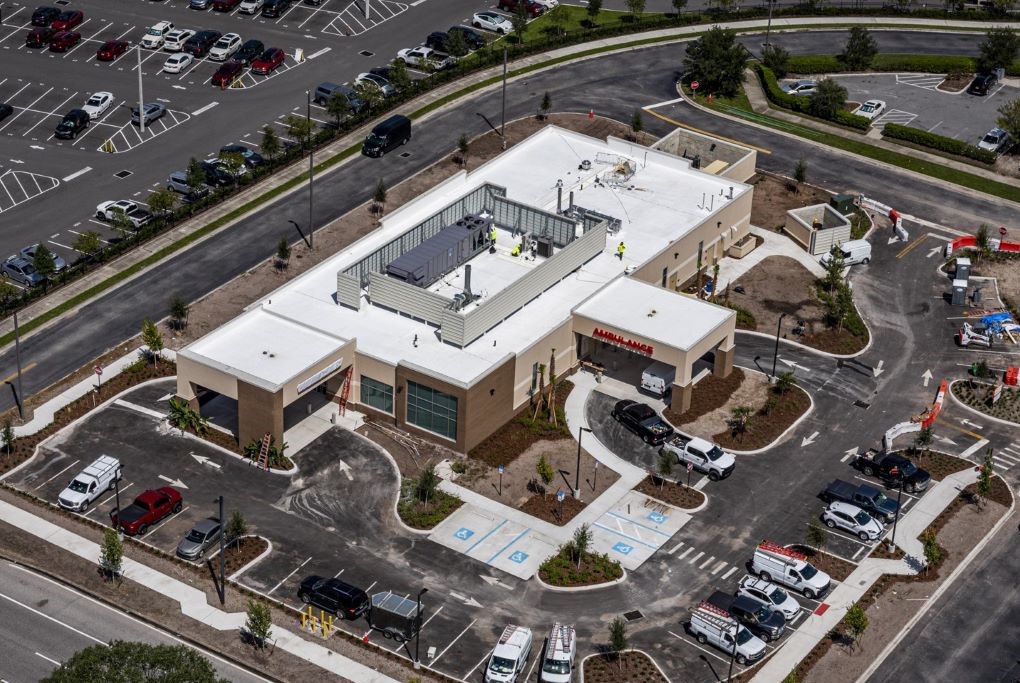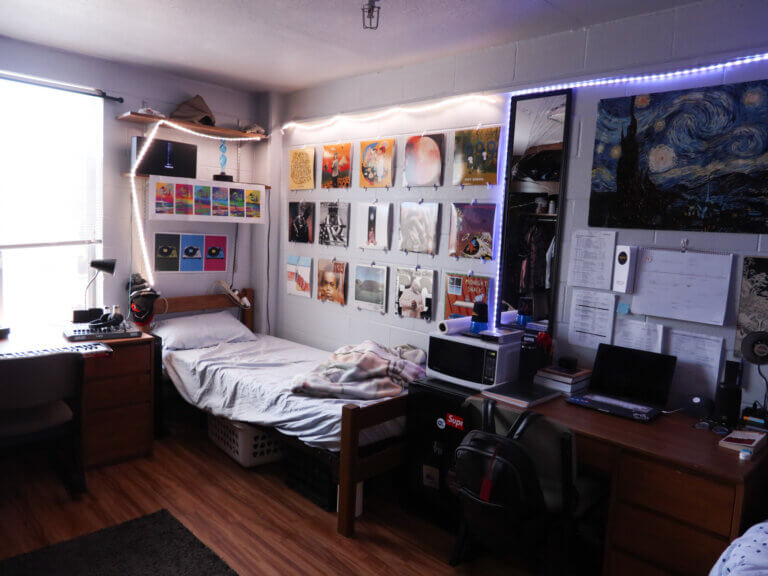
Healthcare trends we’ve tracked for years are now widespread growth strategies by healthcare systems, and development is taking off. For years, patient care has been evolving as people want more convenience and accessibility when seeking medical care. That’s led to people not wanting to enter a traditional hospital for outpatient procedures that can be done closer to their homes. Combine the changing patient needs with other factors like Certificate of Need (CON) Laws being repealed or reduced in multiple states and shrinking space in healthcare real estate, and the clear direction for many healthcare providers is an investment in outpatient care sites and facilities.
Outpatient Care Sites
First, let’s clarify what we’re talking about. We’re seeing an increase in the new construction of freestanding emergency departments (FED’s), micro-hospitals, ambulatory surgery centers, urgent care centers, and imaging centers. We’re also seeing existing hospitals expand or renovate to include more outpatient facilities or flexible spaces for virtual care. Healthcare systems are identifying areas that would serve a new client base or provide more convenient care to existing patients — expanding their market share and staying competitive. In just our company alone, most of our divisions are building outpatient care facilities now — from north Texas to south Florida. We’re seeing a wide range of development strategies to grab a share of the market. Some systems are building new FED’s as far from their patient hospital as possible to introduce their name into new communities and compete for the market share. Others are building early while master communities are being planned so they can get established early and gain the loyalties of the new communities.
What Patients Want
There’s a lot of different factors driving health systems towards a focused strategy of increasing their outpatient network to literally meet patients where they are (and want to be) and diversify their revenue streams in the process. First, let’s look at the shift in patient mindset and healthcare trends. One report anticipates outpatient surgical volumes will grow 18% by 2023 – naming procedures like knee replacement, bariatric surgery, and cervical spinal fusion among the top procedures shifting away from inpatient surgery. Beyond wanting these procedures done closer to home, there’s a growing trend in patients not wanting to leave their home at all. We’re seeing a steady increase in virtual visits and home care. In fact, the same report that tracked the growth in outpatient surgical volumes expects home care volume to increase by 20% as remote monitoring and digital help capabilities continue to evolve and improve. If you’re miserably sick and can be checked out by a doctor from the comfort of your own home, why would you want to venture out to a hospital or doctor’s office? It’s something we saw grow in popularity during the pandemic out of necessity and has continued to gain traction – further driving healthcare providers to boost their outpatient capabilities, including at home treatment.
Shrinking Space
In addition to evolving to keep up with patient care trends, there’s a few practical reasons hospital systems are branching out to develop facilities outside traditional hospital zoned settings. First, many hospitals simply need to free up the beds. Studies show an increase in the length of hospitals stays as well as bed occupancy — with the latest numbers showing 78% of hospital beds in the U.S. filled in January of 2024. Hospitals need to keep their available beds ready for patients who need them. As a result, many healthcare systems are shifting their focus inside hospitals to care for higher acuity patients, which some predict may virtually eliminate low acuity, less invasive procedures from inpatient hospitals completely.
If we look beyond the beds, multiple sources are reporting a national shortage of space within the healthcare real estate market. We’ve already addressed the demand for patient care outside hospital walls is growing, and the available beds within the hospital are shrinking – helping further drive a growing shortage of medical property for lease or sell. So, that means developers need to build new. Here’s where we’re seeing healthcare systems thinking outside the traditional box. It’s not a new trend to put medical offices within shopping centers, but it has certainly taken off over the past few years. Care clinics inside retail convenience stores are now more common than not. We’re seeing urgent care centers positioned in outdoor retail centers alongside restaurants and retail storefronts. For years, our retail experts have been discussing how retail developers have been paying attention to their customers’ lifestyle changes, and adapting to meet their changing needs. In fact, shopping centers and malls are phrases of the past as developers are building lifestyle centers. That term is even more appropriate now as we’re seeing more healthcare developers leasing or building space within these properties — providing consumers with a well-rounded, one-stop destination.
With more and more healthcare systems placing emphasis on growing their outpatient network, it’s going to naturally drive competition. That combined with weakening CON laws, which we’ve discussed here before, means healthcare owners have to look for ways to maintain patient loyalty, while also appealing to a new population in the communities they’re building in. If your growth strategy involves expanding or renovating existing facilities, an experienced healthcare builder who can keep disruptions to an absolute minimum and maintain the patient experience is critical. That includes keeping the non-work zones clean, perfectly timing required shutdowns, and phasing work in a way that keeps as much of your building’s footprint operational and construction-free at a time. If you’re looking at building a new outpatient care facility, chances are yours is one of several under construction in the surrounding area. Speed to market will be crucial. Look for a builder who can partner with your design team and solve constructability issues in the design phase, identify materials that could derail your schedule, and offer alternatives to keep your project on track without sacrificing your vision. Early involvement and expert-level preconstruction processes can combat the ongoing volatility in our industry — from lead times to labor shortages — and make sure your new facility is ready to open its doors to patients, as soon as possible.

